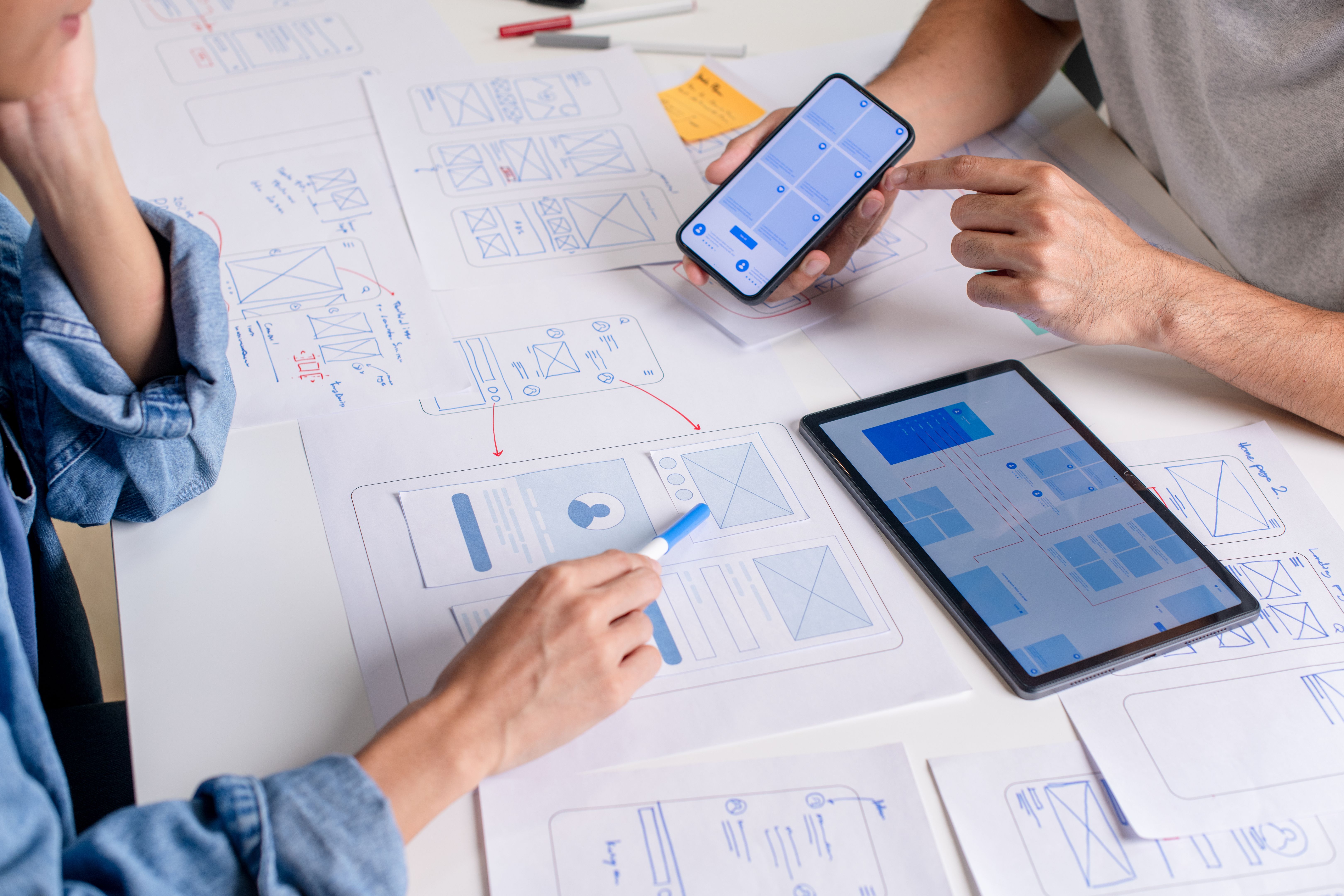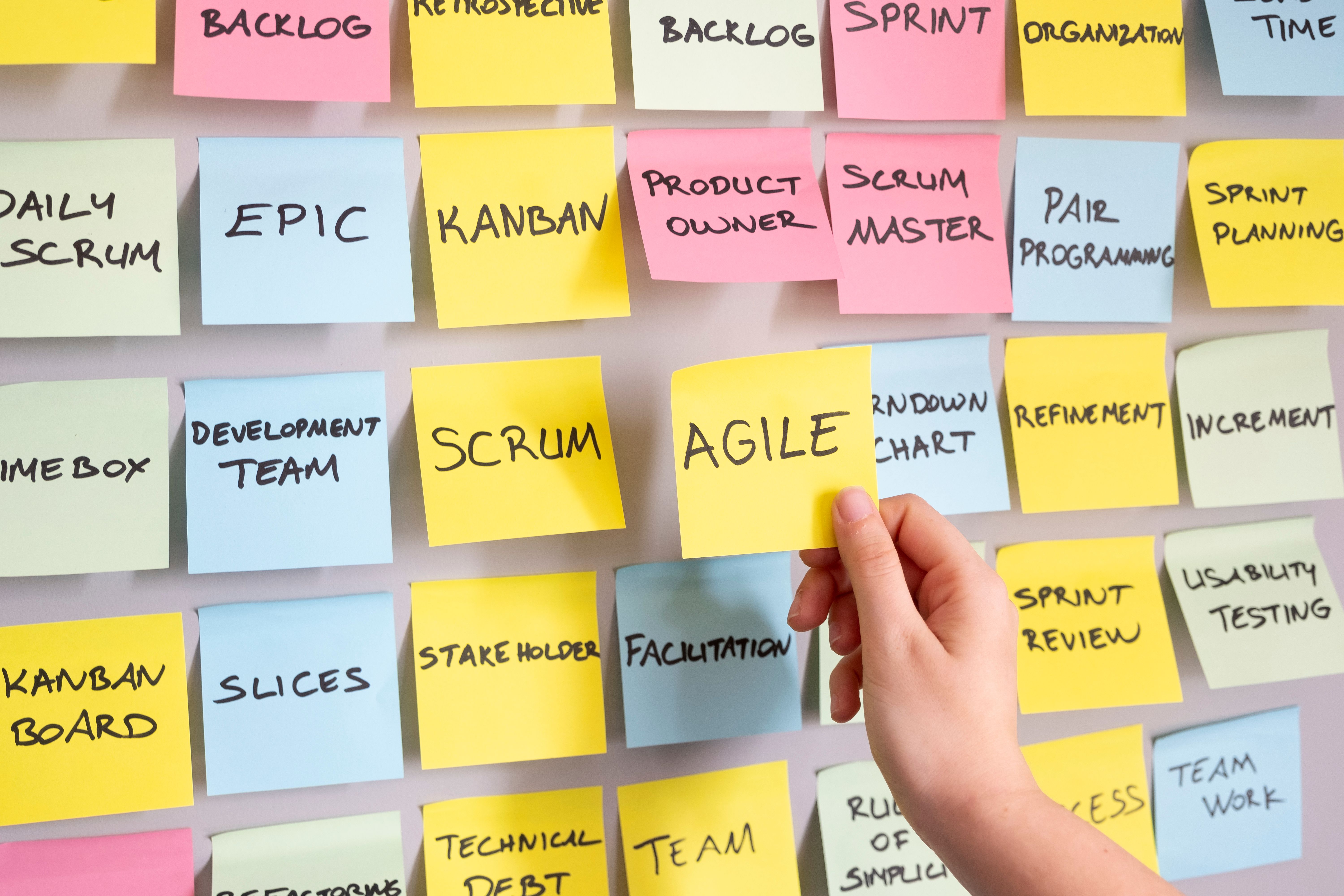Expert Tips for Developing a Successful MVP Mobile App
Understanding the MVP Approach
Building a mobile app can be a daunting task, especially when aiming to hit the market successfully. The concept of a Minimum Viable Product (MVP) is crucial in this context. An MVP is the simplest version of your app that solves core problems with minimal features. This approach allows you to test your idea with minimal resources while gathering valuable user feedback.

Identifying Core Features
Before diving into development, it's essential to identify the core features that your MVP will offer. Focus on the primary problem your app solves and include only those features necessary to address it. Avoid the temptation to add extra functionalities that might complicate the user experience or delay launch. Remember, simplicity is key.
Conducting Market Research
Market research plays a significant role in defining your MVP. Analyze competitors and understand current market trends. Gather insights on what works and what doesn’t by examining similar apps. This research will help you determine which features are essential and how to differentiate your app from others in the market.
Designing an Intuitive User Interface
An intuitive and user-friendly design is critical for any mobile app's success. During the MVP stage, focus on creating a clean and straightforward user interface. Ensure that users can navigate the app effortlessly and that all elements are accessible and easy to understand. A well-crafted UI can greatly enhance user satisfaction and retention.

Choosing the Right Technology Stack
Selecting the appropriate technology stack is another crucial step in developing a successful MVP mobile app. Consider factors such as app complexity, scalability, and budget when choosing between different technologies. It's important to opt for a stack that allows ease of development and future upgrades.
Leveraging Cross-Platform Development
To maximize reach and efficiency, consider cross-platform development tools like React Native or Flutter. These tools enable you to build apps for both iOS and Android platforms simultaneously, reducing development time and costs significantly.
Implementing Agile Development Practices
An agile approach to development is highly beneficial when building an MVP. By adopting agile methodologies, you can iterate quickly and adapt to changes based on user feedback. This approach ensures a flexible development process that aligns with user needs and market demands.

Testing and Gathering Feedback
Once your MVP is developed, thorough testing is imperative to ensure functionality and usability. Deploy beta testing to gather initial feedback from real users. This feedback is invaluable for identifying potential improvements and understanding user expectations.
Continuous Improvement Post-Launch
The launch of your MVP is just the beginning. Use the feedback collected to make necessary improvements and roll out updates that enhance functionality and user experience. Continuously measuring performance metrics will help in making data-driven decisions for future iterations.
By focusing on these expert tips, you can efficiently develop a successful MVP mobile app that meets market needs and sets the stage for long-term growth.